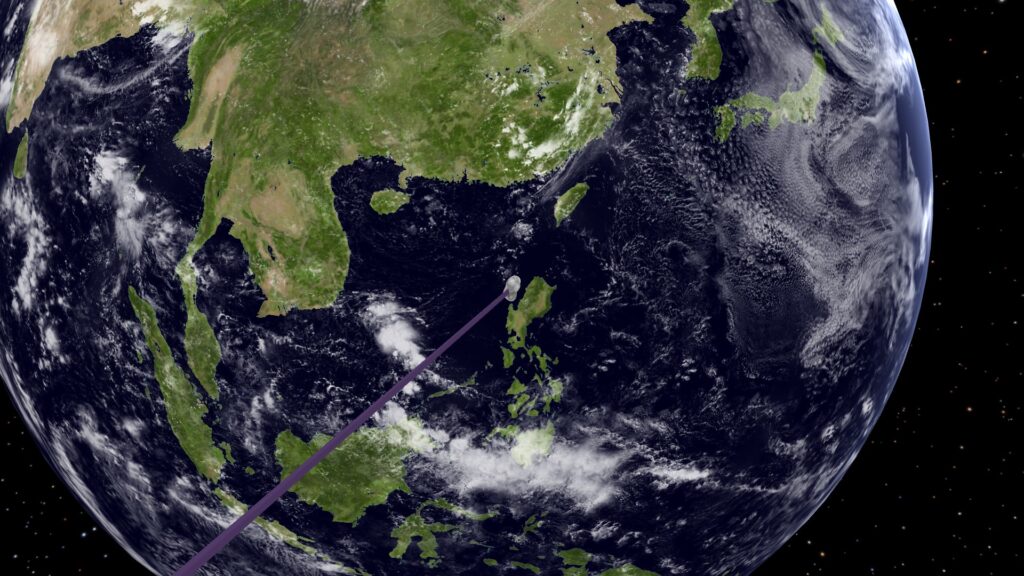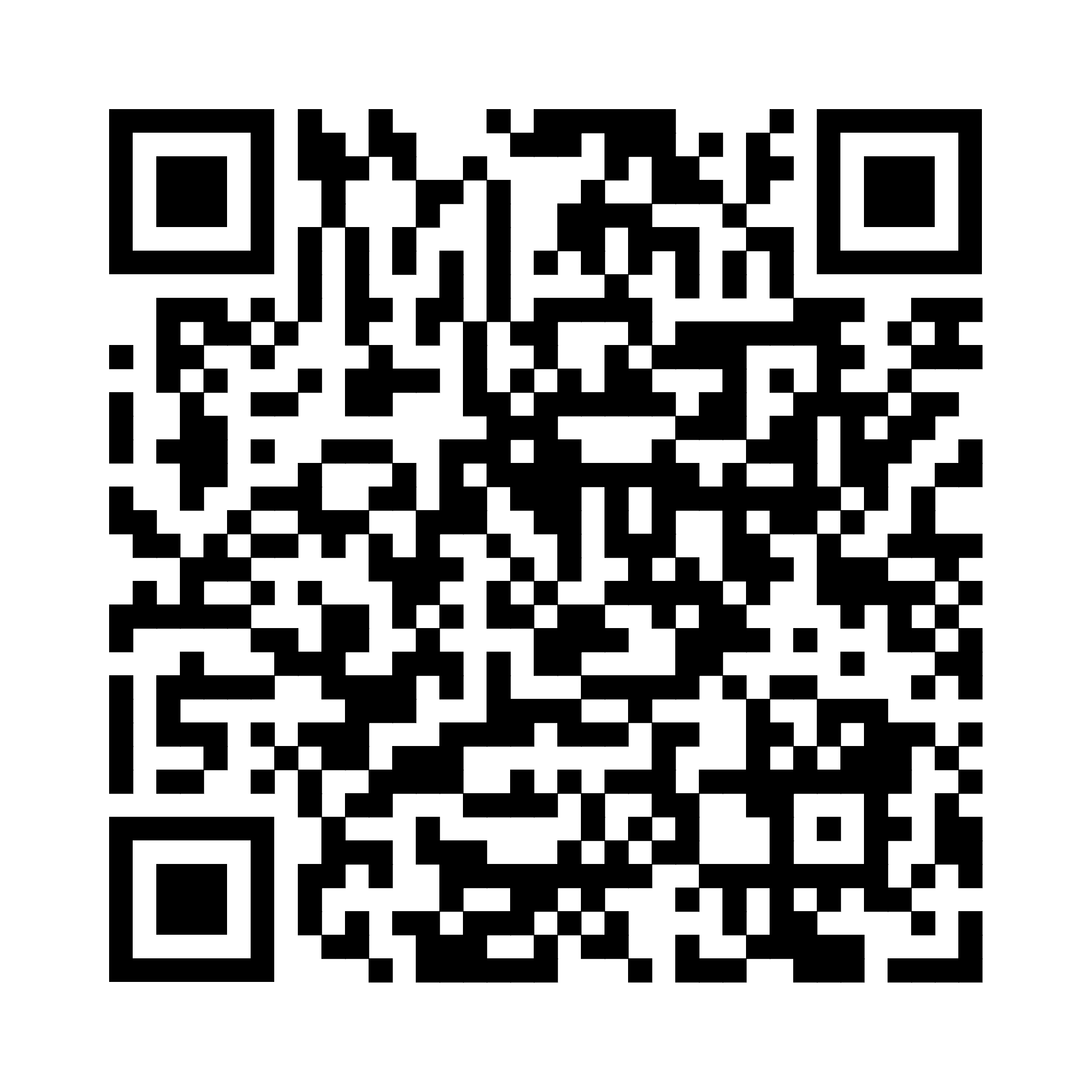This video clearly shows the orbit of the comet C/2023 P1 (Nishimura). It can be seen that in August 2023, the comet crossed the Earth orbit with its tail. The Earth itself was at a different point in its orbit at that time.
The tail of a comet consists of gas, dust, ice particles, grains of sand, and small fragments of its nucleus. The tail may contain quite large fragments. But in general, the tail substance is very rarefied. After the passage of a comet, this substance does not disappear anywhere, but is slightly dispersed in space and, as it were, smeared along the orbit of a comet, forming a meteor shower. Each passage of a comet near the Sun causes another wave of intense evaporation of the comet nucleus, replenishing the meteor shower with new rarefied matter.
Approximately on November 29, 2023, the Earth will be at the point of the orbit where the tail of the comet was in August. Thus, the Earth will be crossed by a meteor shower associated with comet Nishimura. Therefore, a bright meteor shower may be observed in late autumn or early winter. There is a chance to see a large number of meteors per minute, bright fireballs and even the fall of small meteorites to the Earth.
One of the already known meteor showers in late autumn or early winter may be associated with comet Nishimura, because according to updated data, this is not its first appearance. According to my calculations, the last time it approached the Earth and the Sun was at the end of 1604 and the beginning of 1605.
However, the parameters of the comet orbit are still not known precisely enough. In addition, when calculating, I did not take into account the non-gravitational effects associated with matter evaporation from the comet nucleus. These effects are random in nature, it is almost impossible to predict. At the same time, they can lead to noticeable changes in the speed of a comet. Without taking into account the non-gravitational effects, the results of calculating the time of the previous appearance of a comet contain a rather large error.
Perhaps in the annals of the late 16th and early 17th centuries there are mentions of a bright comet. Moreover, if the comet in those years was seen at the end of autumn, at the beginning of winter, then it could really be very bright, as it flew near the Earth. If the comet appeared at another time of the year, then it might not have been noticed. If you have any information about this, please share it in the comments.
Watch the video with subtitles.
Modeling and rendering were performed by author of AstroTubo channel using own software. Visualization of comet and its tail is also invented and implemented by the author of AstroTubo channel. The calculations took into account the mutual influence of the Sun, all the planets of the Solar System, the Moon and the comet on each other. Relativistic effects were also taken into account in the calculation. Non-gravitational effects associated with the comet nucleus matter evaporation were not taken into account.
This work contains Music Track Jeremy Blake – The Hardest Part that is licensed under a Creative Commons Attribution license.
Source: https://directory.audio/free-music/cinematic/6333-jeremy-blake-the-hardest-part
Author: Jeremy Blake





